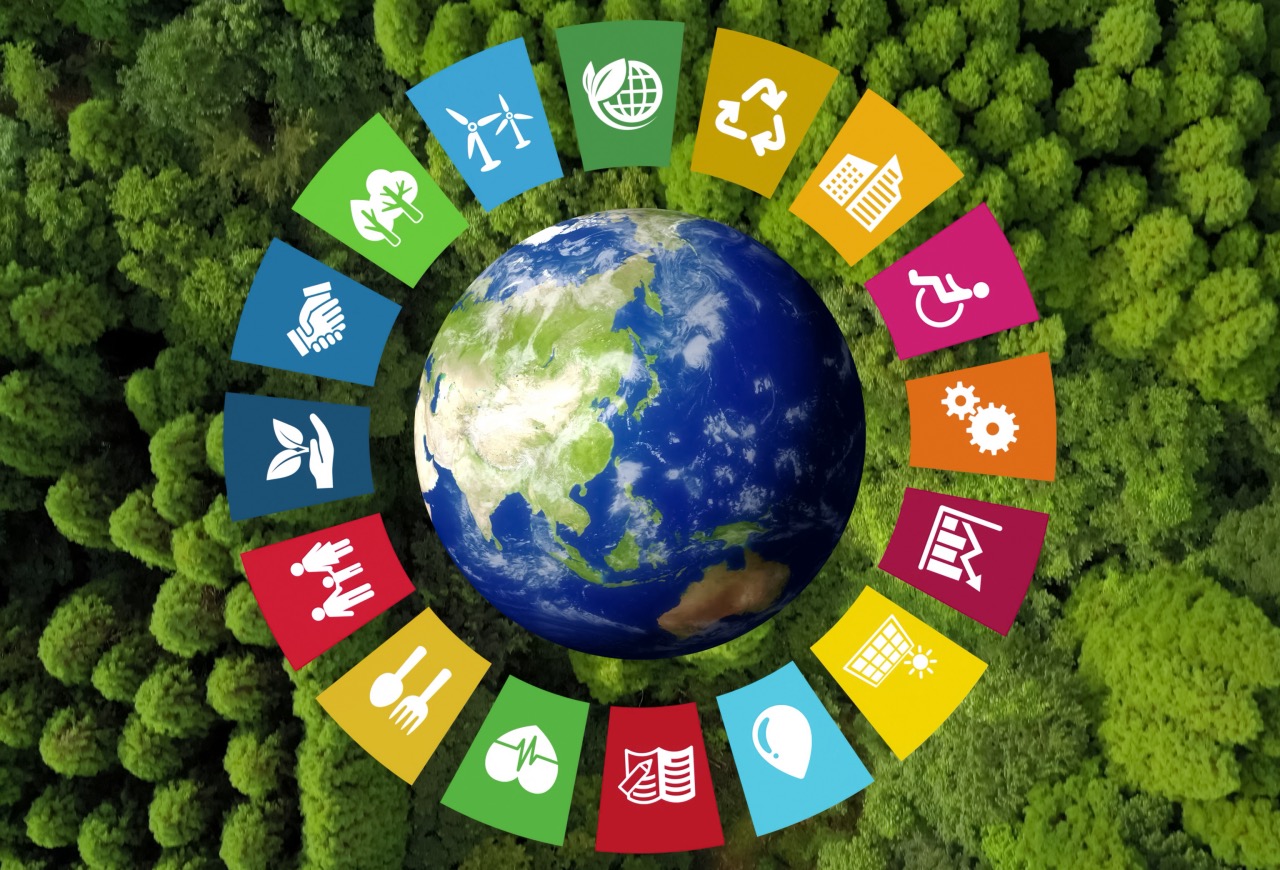The UN’s 2024 Financing for Sustainable Development Report calls for urgent measures to mobilise financing at scale to meet the 2030 Agenda.

The United Nations (UN) has called for bold actions to close the development financing gap, which is currently estimated to stand at $4.2trn (€3.9trn) per year, a substantial rise from the $2.5trn pre-pandemic figure.
With only six years remaining to achieve the 17 SDGs by 2030, the UN said that its report, 2024 Financing for Sustainable Development Report: Financing for Development at a Crossroads highlighted a global development crisis. If trends continue, almost 600 million people will continue to live in extreme poverty in 2030 and beyond, more than half of them women.
The UN said geopolitical tensions, climate disasters and a global cost-of-living crisis had battered progress on healthcare, education, and other development targets. It found that debt burdens and rising borrowing costs, in least developed countries in particular, were major contributors to the crisis.
SDG finance gap
The report also revealed that despite steady growth in investment in SDG sectors in the early 2000s, major sources of development funding were now slowing down. The international financial system, which was set up at the 1944 Bretton Woods Conference is no longer fit for purpose, it concluded.
Last week and prior to the report’s publication, Impact Investor spoke to Niki Natarajan, head of research for Phenix Capital, and asked her about how effectively the SDG financing gap was being addressed by impact funds.
Natarajan said a big problem was that no one was “policing where the money flows in terms of fair distribution of funds to the SDGs”.
“It is left up to product providers to pitch what sells, investors picking the theme and asset class they need for their portfolios, and very few investors driving product development to solve the real world problems,” she said.

Natarajan also highlighted the persistent issue of the industry thinking and operating in siloes, giving the example of SDG 14: Life Below Water, which is the most underfunded of the SDGs.
“It is the least funded yet investments in this SDG are linked to solving almost all of the SDGs. For example, it could also tick the SDG2: Zero Hunger, SDG8: Decent Work and Economic Growth and obviously and almost most importantly, and inextricably, SDG13: Climate Action,” she added.
Current moment a chance to accelerate progress
Despite these sobering conclusions, the report acknowledges that investor interest in sustainable finance has grown steadily since the 1990s and that sustainable fund flows have remained relatively resilient, consistently surpassing 2016 levels since then despite year-on-year fluctuations following the COVID-19 pandemic.
But sustainable fund assets are said to still make up only a small percentage of total global assets under management (AUM) today, estimated at less than 5% of the global fund market in 2023, with impact investing representing only a small portion of these.
Nevertheless, the report’s authors see the current moment as offering a chance to accelerate progress.
In the case of impact investing in particular, the report recognised the sector as one that held significant growth potential, with AUM in impact surpassing $1.164trn in 2022 and continuing to grow across nearly every region in 2023.
It also recognised the growing depth and sophistication of the market which it said was exemplified, among other things, in the rise of impact lenses, giving the example of applying a social lens to a renewable energy fund. This practice, the report said, had the potential to enhance investors’ positive impacts by integrating overlooked injustices that indirectly affect the outcome of all investments.
SDG-washing
According to the report, weaknesses in sustainable finance, including impact investing, relate to the field’s information infrastructure, which it said had given rise to greenwashing concerns, compounded by an enabling environment that still incentivised traditional investment strategies.
It also highlighted growing political polarisation of the field which has led to a backlash in some countries. Nowhere has this been more evidenced than in the US where a raft of states have tried to apply anti-ESG laws, preventing investment firms from using ESG criteria in their investment screening.
Asked her about the outlook for impact investing’s public image specifically, Natarajan said that in her company’s view, pure impact investing was at a “tipping point”.
Among other issues raised, Natarajan warned that the SDGs could be “stuck to impact reports like badges of honour”, giving the impression of impact investing.
“So, one of the biggest perception problems impact investing has is SDG-washing,” she added.
Against this challenging backdrop, the report has provided some reassurance in highlighting sustainable finance’s journey towards maturation, which it said was marked by the refinement and consolidation of voluntary standards and the enactment of legislation at the national and regional levels.
Recommendations
It argues that a new coherent system is needed to address the financing crisis, and points to the UN Summit of the Future in September 2024 as a crucial opportunity to change course ahead of the June 2025 Fourth International Conference on Financing for Development (FfD4), which it sees as a critical moment for countries to commit to closing the development financing gap and invest in achieving the SDGs.
It provides a range of recommendations for sustainable finance to adopt at the FfD4, including continued collaboration between relevant stakeholders on the interoperability of sustainable finance legislation across regions to prevent uneven progress and heavy compliance burdens, while accounting for regional and local specificities. These include the adoption of mandatory national disclosure standards with a double materiality vision; frameworks and carefully crafted incentives for impact investing at scale to align capital markets with real-world impact; and a broader set of macroeconomic policies that create enabling conditions for sustainable transformations.





